Dulbecco′s Modified Eagle′s Medium/F-12 MAX (DMEM F12-MAX)
Dulbecco′s Modified Eagle′s Medium/F-12 MAX (DMEM F12-MAX) contains L-Alanyl-L-Glutamine, therefore supplying a longer shelf life. DMEM F12-MAX significantly improves cell viability and growth. We manufacture several types of DMEM F12-MAX based on your requirements.
Description
Dulbecco′s Modified Eagle′s Medium/F-12 MAX (DMEM F12-MAX)
Background:
Dulbecco′s Modified Eagle′s Medium/F-12 MAX (DMEM F12-MAX) is a commonly used media for Mammalian cell culture.
Advantages:
DMEM F-12 MAX over DMEM:
- Higher PH Capacity
- Moreover, it contains 4 mM L-Alanyl-L-Glutamine (0.869 g/L) instead of L-Glutamine and therefore:
- Possess longer shelf life.
- More importantly, minimizes toxic ammonia build-up.
- Significantly improves cell viability and growth.
- Remains stable across a wide range of temperatures.
- Improves the culture of primary cells.
Mechanism:
Although L-glutamine is a vital amino acid, it degrades, resulting in the generation of toxic ammonia and pyrrolidine carboxylic acid. One way to minimize L-glutamine degradation in media is to gradually add these amino acids to your cell culture. However, keeping track of time to keep the amount of L-glutamine at the same level is tedious, if not impossible.
Alternatively, L-alanyl-L-glutamine can be used because it is much more stable in aqueous solutions. More importantly, it does not easily degrade and gradually releases aminopeptidases. As a result, L-glutamine and L-alanine are then used by the cells for protein production in the TCA cycle.
In addition to our Max formulation products, we manufacture PurMaTM GluaSup (Cat# P3S210 559) is a combination of L-alanyl-L-glutamine which prevents degradation of L-glutamine.
Contents:
- Dulbecco′s Modified Eagle′s Medium/F-12 MAX (DMEM F12-MAX) contains:
- 5 mM sodium pyruvate
- High glucose (4.5g/L)
- Non-Essential Amino Acids
- 3.7 g/L Sodium Bicarbonate; PurMa Biologics Manufactures several types of DMEM F12-MAX based on the amount of Sodium Bicarbonate and HEPES (PH capacity)
- Phenol Red
DMEM F12-MAX contains no proteins, lipids, or growth factors. Therefore, it requires supplementation, commonly with 10% Fetal bovine Serum (FBS).
Formulation:
Complete formulation is here: DMEM F-12 MAX Formulation
References:
- Clonal growth of mammalian cells in a chemically defined, synthetic medium . DULBECCO R, FREEMAN G. 1959 Jul;8(3):396-7. doi: 10.1016/0042-6822(59)90043-1. PMID: 13669362.
- Plaque production by the polyoma virus. DULBECCO R, FREEMAN G. 1959 Jul;8(3):396-7. doi: 10.1016/0042-6822(59)90043-1. PMID: 13669362.
- The nucleic acid of polyoma virus. Smith, J.D., Freeman, G., Vogt, M., et al., (1960) The nucleic acid of polyoma virus. Virology 12:18
| Parameter | Specification |
|---|---|
| Appearance | Red, clear liquid |
| pH | 7.2 ± 0.1 |
| Osmolality | 275-360 mOsm/L |
| Endotoxin | NMT< 2EU/mL |
| Mycoplasma | Negative |
| Suitability | Suitable for mammalian cell culture |
| Additive | Sodium pyruvate |
| Indicator | Phenol red |
| Mycoplasma Detection | Negative |
| Sterility Tested | Sterile filtered using 0.22 µm filter |
| Form | Liquid |
| Shipping Condition | Room temperature |
Additional information
| Condition | DMEM F-12 MAX Standard Formulation, DMEM F-12 MAX w/o Phenol Red, DMEM F-12 MAX w/o Sodium Bicarbonate, DMEM F-12 MAX w/o Sodium Pyruvate, DMEM F-12 MAX w/o Glucose, DMEM F-12 MAX w/o Lipoic Acid, DMEM F-12 MAX w/o Phenol Red, w/o Sodium Bicarbonate, DMEM F-12 MAX w/o Sodium Bicarbonate, w/o Sodium Pyruvate, DMEM F-12 MAX w/o Phenol Red, w/o Sodium Bicarbonate, w/o Sodium Pyruvate, DMEM F-12 MAX Low Glucose (1.5 g/L), DMEM F-12 MAX Low Sodium Bicarbonate (1.2 g/L), DMEM F-12 MAX 15 mM HEPES (3.6 g/L), DMEM F-12 MAX 15 mM HEPES (3.6 g/L), Low Sodium Bicarbonate (1.2 g/L), DMEM F-12 MAX w/o Sodium Pyruvate, w/o phenol Red, DMEM F-12 MAX w/o Phenol Red, with 15 mM HEPES (3.6 g/L), DMEM F-12 MAX w/o Sodium Pyruvate, with 15 mM HEPES (3.6 g/L), DMEM F-12 MAX w/o Phenol Red, Low Sodium Bicarbonate (1.2 g/L), DMEM F-12 MAX w/o Sodium Pyruvate, Low Sodium Bicarbonate (1.2 g/L), DMEM F-12 MAX w/o Sodium Pyruvate, w/o Phenol Red, 15 mM HEPES (3.6 g/L), Low Sodium Bicarbonate (1.2 g/L), DMEM F-12 MAX w/o Phenol Red, w/o Sodium Pyruvate, 15 mM HEPES (3.6 g/L), DMEM F-12 MAX w/o Phenol Red, 15 mM HEPES (3.6 g/L), Low Sodium Bicarbonate (1.2 g/L), DMEM F-12 MAX w/o Sodium Pyruvate, with 15 mM HEPES (3.6 g/L), Low Sodium Bicarbonate (1.2 g/L), DMEM F-12 MAX High Glucose (4.5 g/L) |
|---|---|
| Format | Liquid, Powder |
| Size | 1 X 10L ( Powder), 1 X 50 L (Powder), 10 X 1EZ Individually Packed (Powder), 50 X 1EZ Individually Packed (Powder), 1 x 500 ml, 6 x 500 ml, 1 x 1000 ml, 6 x 1000 ml |
Quality Control
[vc-quality-control-tab]Formulation
Only logged in customers who have purchased this product may leave a review.

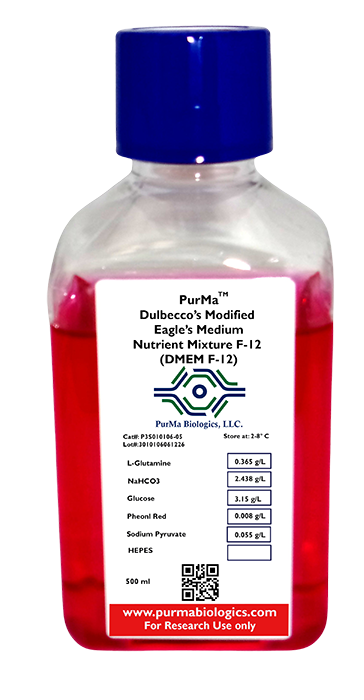
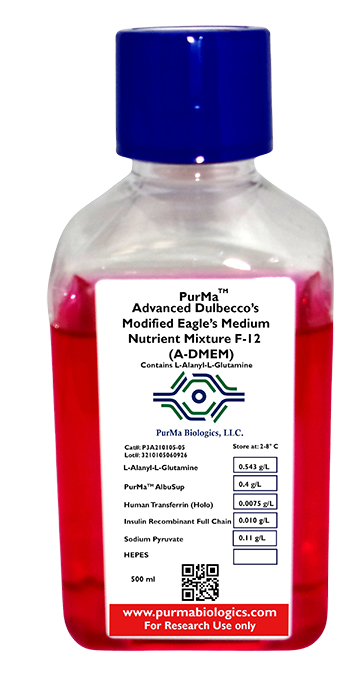
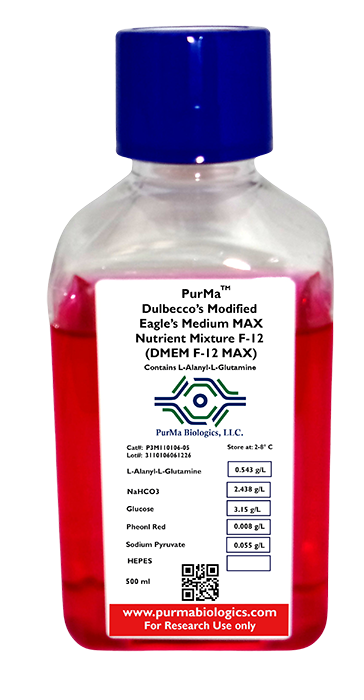
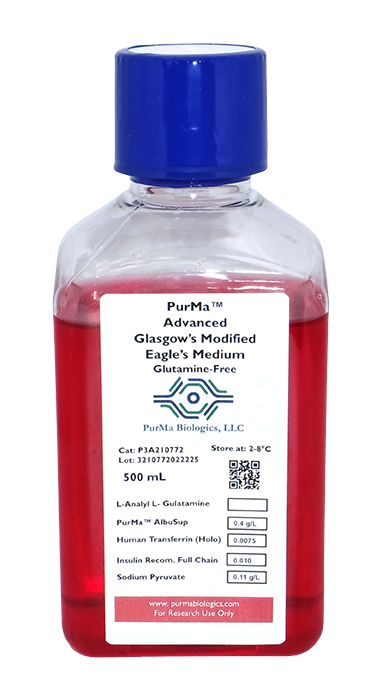
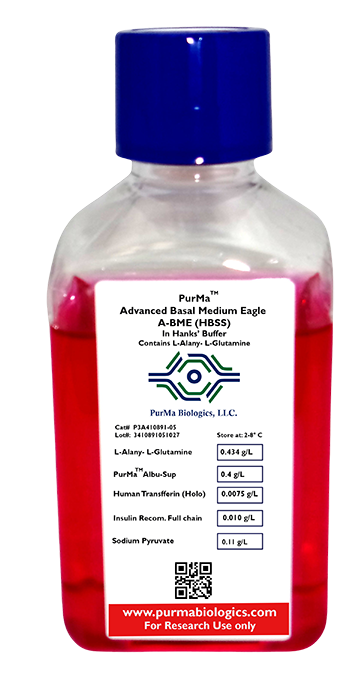
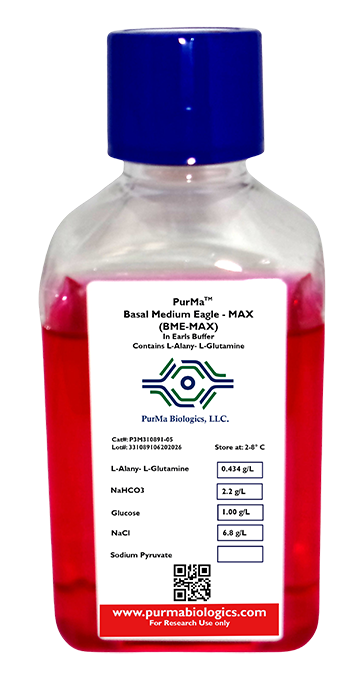
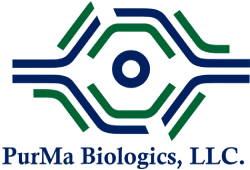
Reviews
There are no reviews yet.